| Weight | 1 lbs |
|---|---|
| Dimensions | 9 × 5 × 2 in |
| host | mouse |
| isotype | IgG1 |
| clonality | monoclonal |
| concentration | concentrate, predilute |
| applications | IHC |
| reactivity | human |
| available size | 0.1 mL, 0.5 mL, 1 mL concentrated, 7 mL prediluted |
mouse anti-CA 125/ MUC16 monoclonal antibody (ZM53) 6043
Price range: $160.00 through $528.00
Antibody summary
- Mouse monoclonal to CA 125/ MUC16
- Suitable for: Immunohistochemistry (formalin-fixed, paraffin-embedded tissues)
- Reacts with: Human
- Isotype:IgG1
- Control: Ovarian carcinoma
- Visualization: Extracellular membrane-associated
- 0.1, 0.5, 1.0 mL concentrated, 7 mL prediluted
mouse anti-CA 125/ MUC16 monoclonal antibody ZM53 6043
| target relevance |
|---|
| Protein names Mucin-16 (MUC-16) (Ovarian cancer-related tumor marker CA125) (CA-125) (Ovarian carcinoma antigen CA125) |
| Gene names MUC16,MUC16 CA125 |
| Mass 1519175Da |
| Function FUNCTION: Thought to provide a protective, lubricating barrier against particles and infectious agents at mucosal surfaces. {ECO:0000250}. |
| Subellular location SUBCELLULAR LOCATION: Cell membrane; Single-pass type I membrane protein. Secreted, extracellular space. Note=May be liberated into the extracellular space following the phosphorylation of the intracellular C-terminus which induces the proteolytic cleavage and liberation of the extracellular domain. |
| Tissues TISSUE SPECIFICITY: Expressed in corneal and conjunctival epithelia (at protein level). Overexpressed in ovarian carcinomas and ovarian low malignant potential (LMP) tumors as compared to the expression in normal ovarian tissue and ovarian adenomas. {ECO:0000269|PubMed:11369781, ECO:0000269|PubMed:12218296, ECO:0000269|PubMed:16384952}. |
| Structure SUBUNIT: Binds to MSLN. Binding to MSLN mediates heterotypic cell adhesion. This may contribute to the metastasis of ovarian cancer to the peritoneum by initiating cell attachment to the mesothelial epithelium via binding to MSLN. |
| Post-translational modification PTM: Heavily O-glycosylated; expresses both type 1 and type 2 core glycans. {ECO:0000269|PubMed:12734200}.; PTM: Heavily N-glycosylated; expresses primarily high mannose and complex bisecting type N-linked glycans. {ECO:0000269|PubMed:12734200}.; PTM: May be phosphorylated. Phosphorylation of the intracellular C-terminal domain may induce proteolytic cleavage and the liberation of the extracellular domain into the extracellular space. {ECO:0000269|PubMed:9276028}.; PTM: May contain numerous disulfide bridges. Association of several molecules of the secreted form may occur through interchain disulfide bridges providing an extraordinarily large gel-like matrix in the extracellular space or in the lumen of secretory ducts. |
| Domain DOMAIN: Composed of three domains, a Ser-, Thr-rich N-terminal domain, a repeated domain containing between 12 and 60 partially conserved tandem repeats of 156 amino acids and a C-terminal transmembrane contain domain with a short cytoplasmic tail. {ECO:0000269|PubMed:11786729}. |
| Target Relevance information above includes information from UniProt accession: Q8WXI7 |
| The UniProt Consortium |
Data
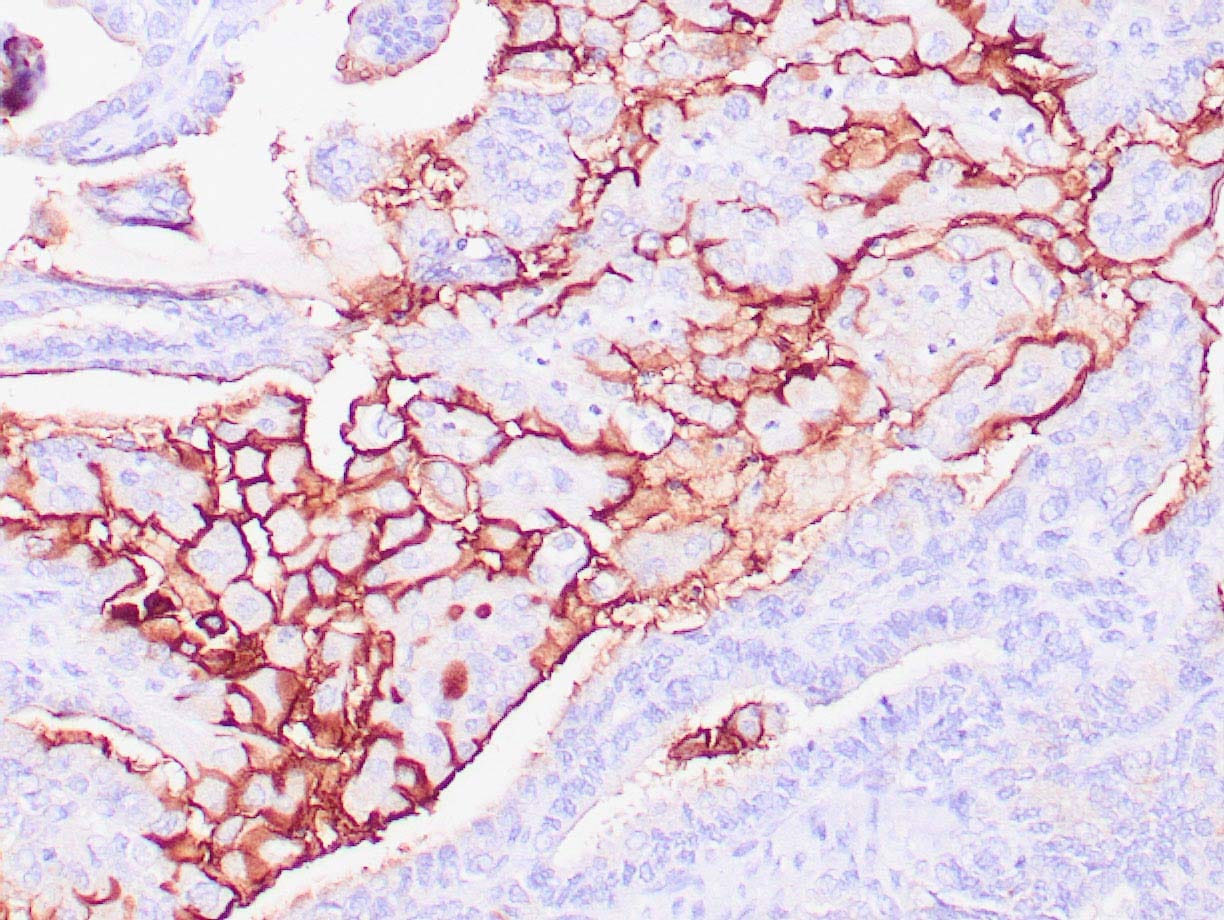 |
| Human ovarian carcinoma stained with anti-CA125 antibody using peroxidase-conjugate and DAB chromogen. Note cell membrane staining of tumor cells. |
Publications
| pmid | title | authors | citation |
|---|---|---|---|
| We haven't added any publications to our database yet. | |||
Protocols
| relevant to this product |
|---|
| IHC |
Documents
| # | SDS | Certificate | |
|---|---|---|---|
| Please enter your product and batch number here to retrieve product datasheet, SDS, and QC information. | |||
Only logged in customers who have purchased this product may leave a review.

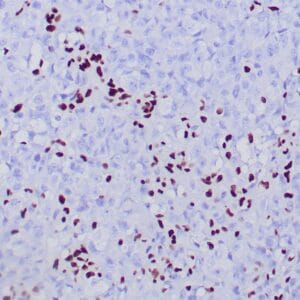


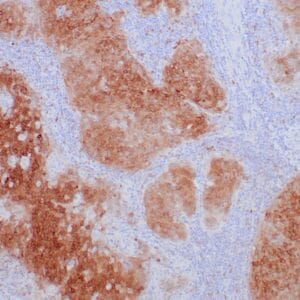
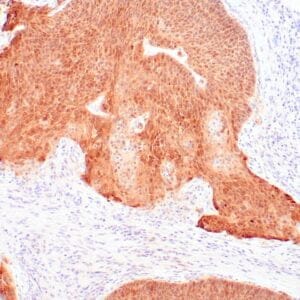


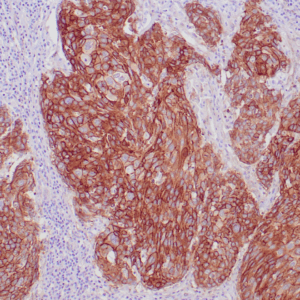

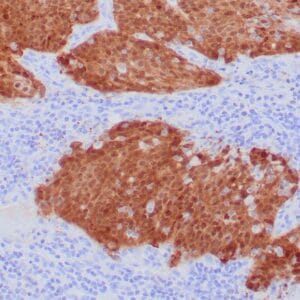

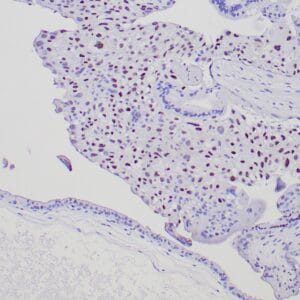
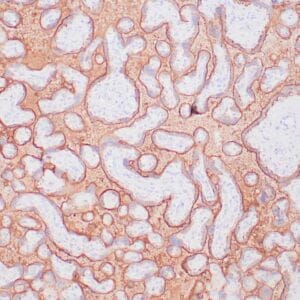
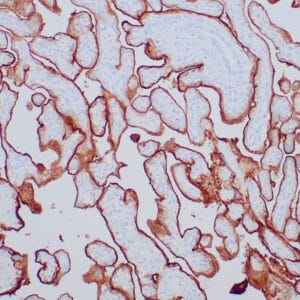
Reviews
There are no reviews yet.